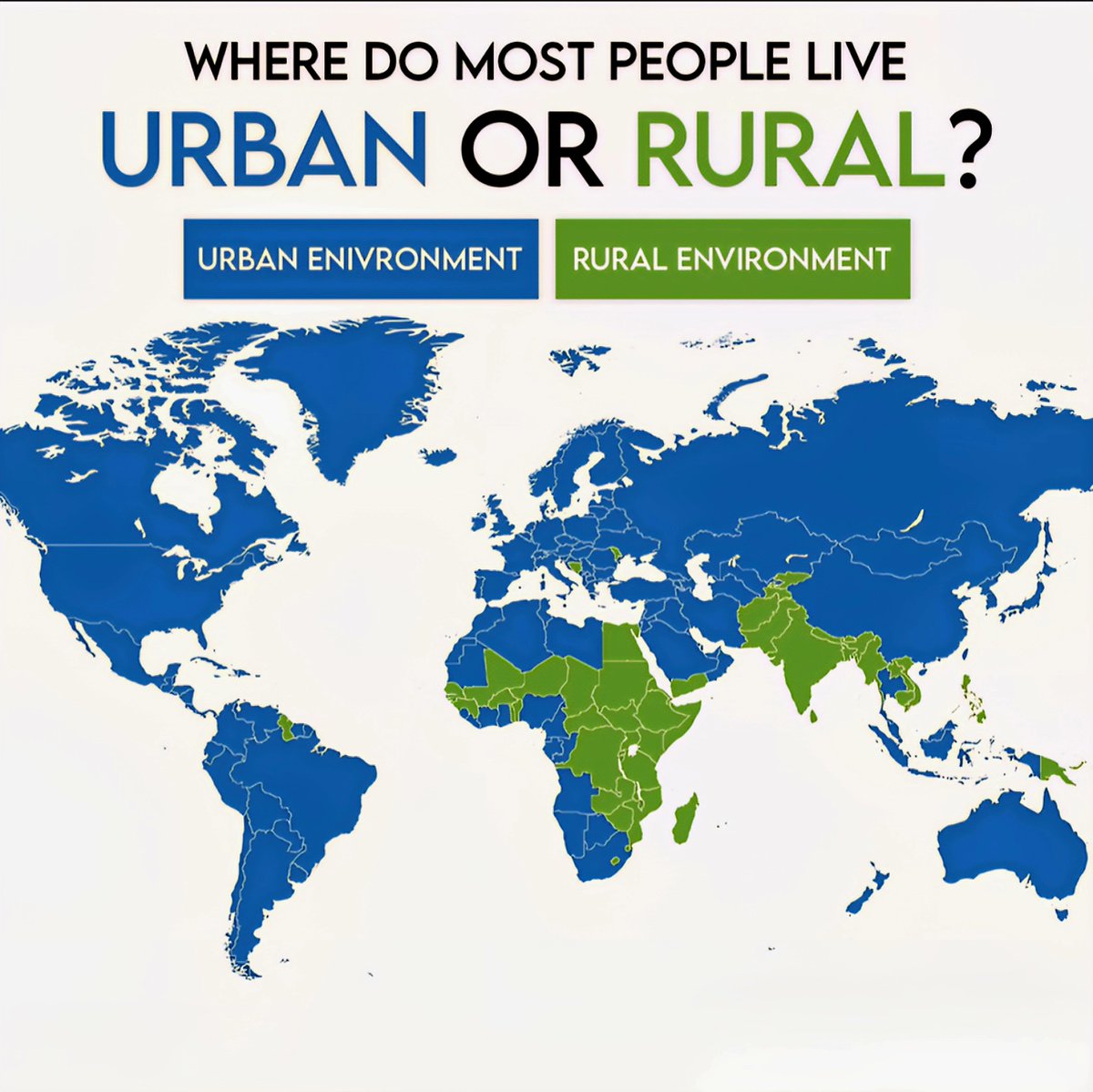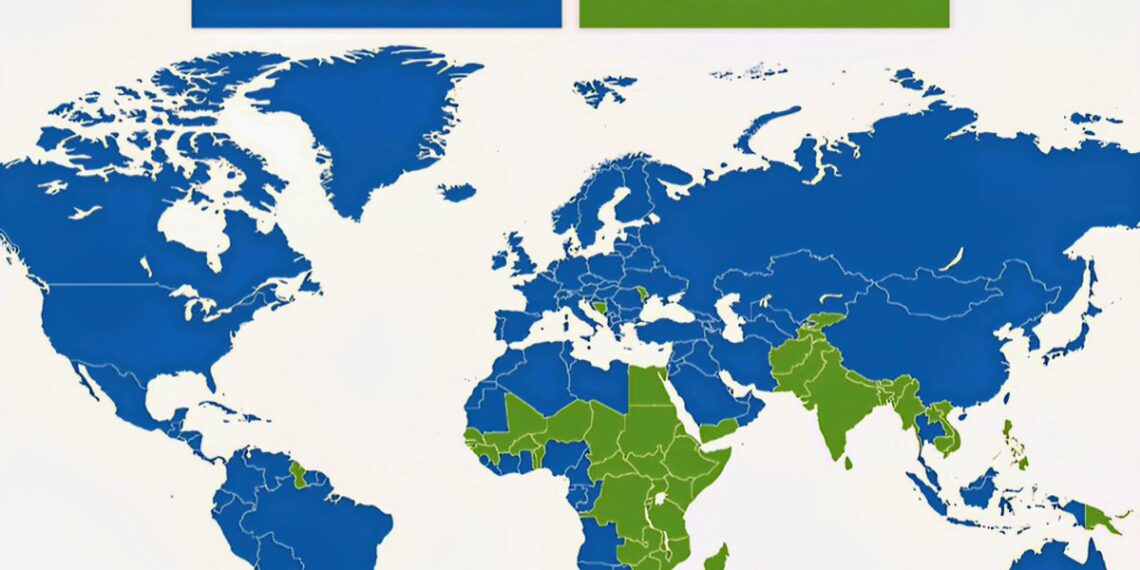Select Language:
Exploring the Shifts in Urban and Rural Living in 2025
1. The Growing Urban-Rural Divide
The landscape of living arrangements worldwide has undergone significant changes in 2025, highlighting an expanding gap between urban and rural lifestyles. Urban areas continue to attract more residents due to better employment opportunities, advanced infrastructure, and access to modern amenities. Meanwhile, rural regions are experiencing depopulation, driven largely by young adults seeking city jobs and urban comforts. This divide impacts everything from economic growth to cultural dynamics, reshaping how societies function and evolve.
2. Urban Population Boom
Cities are witnessing an unprecedented surge in population. Rapid urbanization is fueled by technological advancements, higher educational opportunities, and improved healthcare services in metropolitan areas. As a result, major cities now boast populations that demand smarter urban planning. Sustainable development initiatives, including green buildings and efficient transportation, are becoming commonplace to manage this growth responsibly.
3. Rural Areas: A Shift Toward Sustainable Living
Despite the outward migration to cities, rural communities are not remaining static. Many are embracing a new wave of sustainability and innovation. Small towns and countryside regions are investing in renewable energy sources, organic farming, and eco-tourism. These efforts aim to make rural living more attractive and sustainable, reversing some depopulation trends and fostering resilient communities.
4. Impact of Remote Work on Living Patterns
The remote work revolution has dramatically reshaped where people choose to live. In 2025, an increasing number of professionals are opting for rural or suburban locations to enjoy a better quality of life while maintaining their careers. This trend has led to a rise in “telecommuting hubs” in less densely populated areas, which now offer high-speed internet and co-working spaces. Such developments are blurring the traditional lines between urban and rural residency.
5. Infrastructure and Connectivity Gaps
While urban centers are benefitting from advanced infrastructure, rural areas still face challenges. Reliable internet access remains a hurdle for many rural communities, limiting economic opportunities and access to essential services. Governments and private sectors are investing in bridging these gaps through infrastructure projects and technological upgrades to ensure equitable development.
6. Cultural and Social Implications
The shift towards urban living has fostered diverse, multicultural environments that promote innovation and creativity. Conversely, rural areas are concentrating on preserving cultural heritage and traditional practices, which are now seeing a resurgence as people seek authentic and community-oriented lifestyles. The interplay between these two worlds contributes to a dynamic social fabric in 2025.
7. Environmental Considerations
Urban expansion raises concerns about sustainability and environmental degradation. Cities are working towards becoming greener by integrating urban green spaces, promoting public transit, and reducing carbon footprints. Meanwhile, rural areas are emphasizing conservation efforts, protecting natural resources, and promoting eco-friendly farming. These parallel focuses aim to balance development with ecological preservation.
8. Future Outlook: A Hybrid Approach
Looking ahead, the future of living will likely involve hybrid models that combine the best of both worlds. Smart villages and eco-cities are emerging, integrating urban technological innovations into rural settings. This approach aims to create livable, sustainable communities that leverage both modern infrastructure and natural landscapes.
Image:

The world map vividly illustrates the current landscape of urban and rural living patterns in 2025, highlighting dense metropolitan areas and expansive rural regions.






